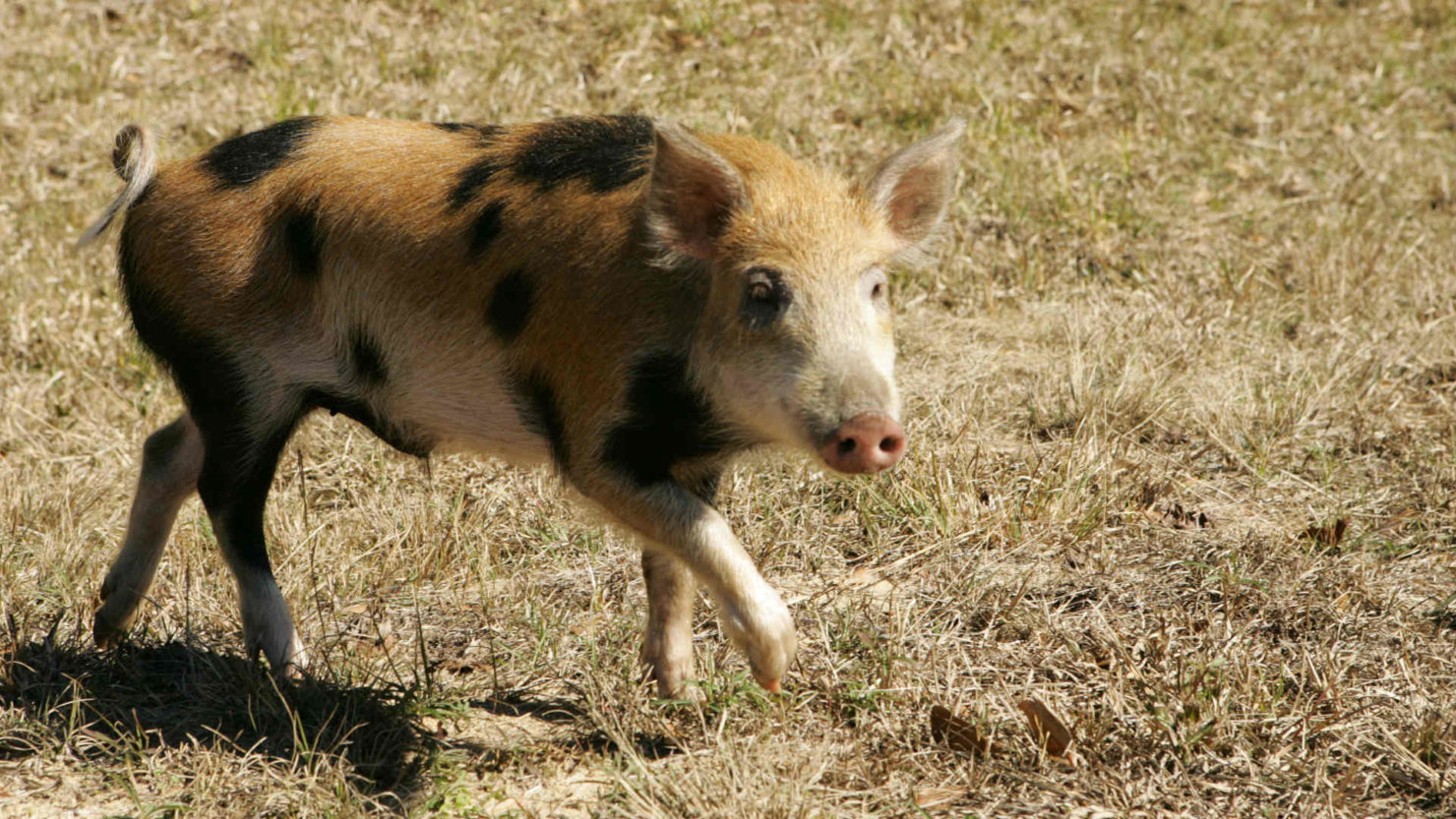How to poison a feral pig
EARLY ONE WINTER MORNING in 2020, Kurt VerCauteren discovered a cluster of dead birds in a barren field in northwest Texas. They were small birds, mostly dark-eyed juncos, but also a smattering of white-crowned sparrows.
VerCauteren’s team had poisoned them, inadvertently. The clues were clear, the death uncomplicated: The birds had flown in before dawn to scavenge deadly morsels of a contaminated peanut paste, left behind after a sounder of wild hogs had torn through the area in a feeding frenzy. The birds likely died within minutes of eating.
“I couldn’t even see the crumbs,” says VerCauteren, a wildlife biologist at the U.S. Department of Agriculture in Fort Collins, Colorado, who has spent years developing and testing pig poisons. The birds were the unintended victims of a field experiment to test a toxicant — one intended for feral pigs, but no other animals — that had been developed in Australia. In the days before, VerCauteren and his collaborators had assembled heavy, sophisticated feeders and filled them with the mash laced with a heavy dose of sodium nitrite, a salt often used in processed meats. When the pigs ate, they’d left tainted crumbs behind — not many, but enough.

“It takes a handful to kill a hog,” says VerCauteren. But it only takes an amount the size of “a grain of rice to kill a little bird,” he adds.
